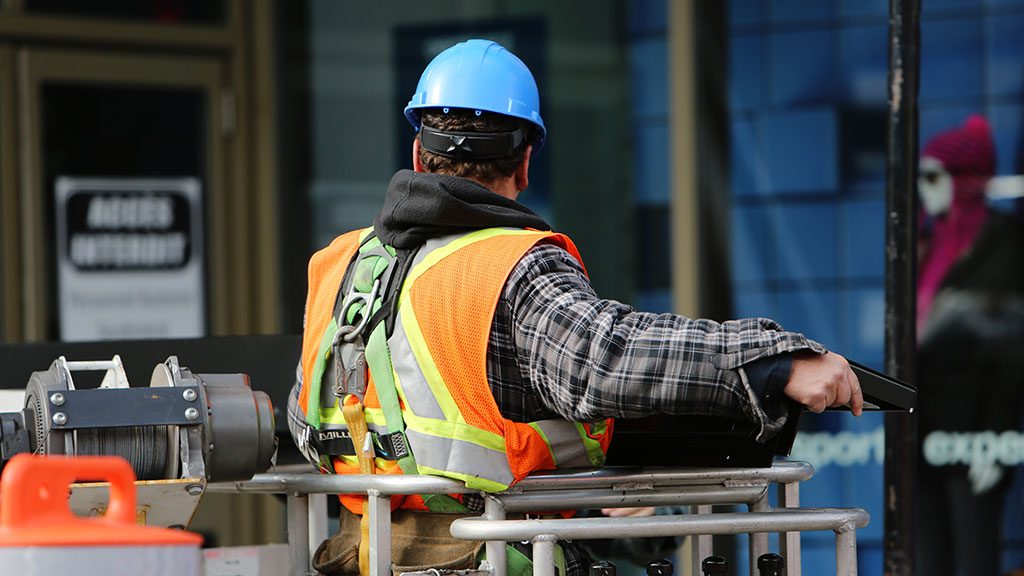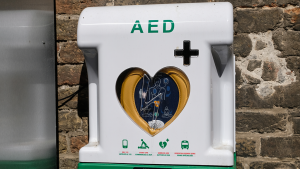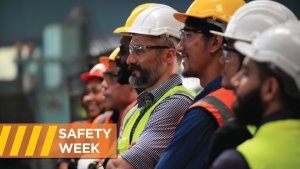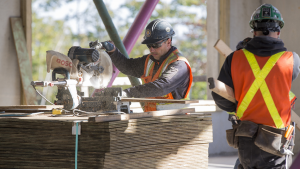A safety initiative aimed at helping to educate anyone in Nova Scotia planning on hiring a contractor to work at heights is in the works for release before the construction season starts this spring.
Crafted by the Occupational Health and Safety (OH&S) division of the Nova Scotia’s Department of Labour, the initiative will take the form of a “rack card” with “quick-hit little pieces of information…questions…owners could ask to get some level of certainty that the individual (contractor) they want to hire knows how to work safely at heights,” says Harold Carroll, OH&S division executive director.
Available to anyone from a homeowner to a multi-residential developer, the card will include a suite of about five questions phrased in a way that any owner can understand, he says.
“We see it as a tool that can be used on any worksite.”
“The questions could be as simple as: Do they have a safety harness? to: Do they have a safety plan, and can they show it to you?” says Carroll.
He says the idea is to “influence” a wide array of construction service buyers, regardless of how small. A small business owner looking to hire a roofing contractor for a repair is an example.
“While these owners may not have the same responsibility under our legislation as a contractor (or developer), we believe that this card may be a way to get them to ask the right questions.”
Carroll says working at heights remains a high-risk activity in construction in Nova Scotia. “We still have injuries and unfortunately fatalities and it is occurring in small residential as well as larger construction projects.”
He sees the safety card “as a gradual expansion of how we can influence those that make the decisions on who they hire.”
While homeowners and small business owners are less apt to know the right questions to ask a contractor working at heights than experienced developers would, the card will be distributed to anyone — big or small — that uses workers at heights.
Carroll says one of the groups on the OH&S’s distribution list will be the owners of the growing number of multi-residential retirement complexes in Halifax and elsewhere in the province. “They may not be (projects) done by the traditional residential developer but rather someone new (in the industry).”
Anyone working at heights in Nova Scotia requires proof that they have received certified training around the use of fall arrest equipment.
Carroll says while the OH&S is working with its stakeholders “to make sure we’re hitting the mark” with the right questions on the card, the division is also looking for input from people unfamiliar with construction to make sure they understand the questions on the card. The card will also include OH&S’s 1-800 number, email and link to its website.
Carroll says while large construction companies often have well-established safety programs in place, the rack card still may benefit them, which is why the OH&S has discussed the initiative with major construction companies working in downtown Halifax and big residential developers around the city.
“With the volume of business, they do, they are hiring a wide variety of people (subs). We know that there are times people (subs) say they know how to do the work but people (employers) might not always follow-up to ensure they have the training and the (fall arrest) gear.”
He says the card will be distributed at trade shows, conferences and by OH&S inspectors on site visits. The OH&S does about 2,500 site visits annually.
The OH&S’ partners, various construction associations and even business groups such as chambers of commerce will also receive the card. It will also be available in PDF format on the OH&S’ website
Carroll says he is not aware of any other province doing a similar initiative. “We’d be happy if someone took it and rebranded it with New Brunswick, P.E.I. or Newfoundland logo on it…”
He says feedback so far from the building industry has been positive.










Recent Comments